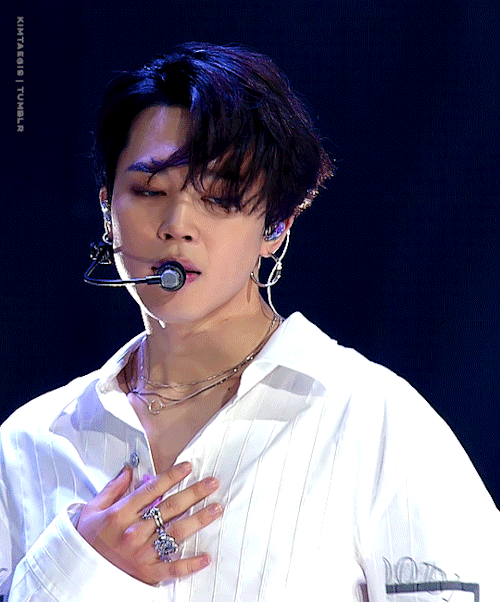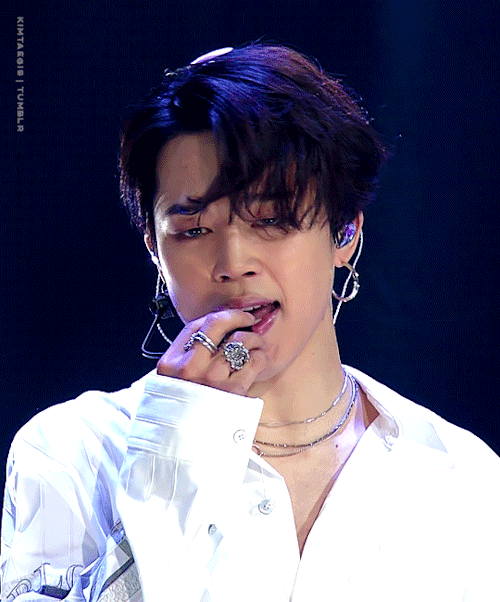Swoon - Tumblr Posts
OH TO BE RESCUED IN SPACE BY BOBBIE DRAPER WITH SPARE OXYGEN AND WORDS OF REASSURANCE
AND A JETPACK
Charming is the perfect word to sum it up!
Just imagine Zach calling you out of the blue for a secret rendezvous…
POV: Having A Video Call With Zach Is…
Uhhhh…






Charming?
I honestly don’t know any other way to describe it, lol.
Ok but now I’m swoon by myself.


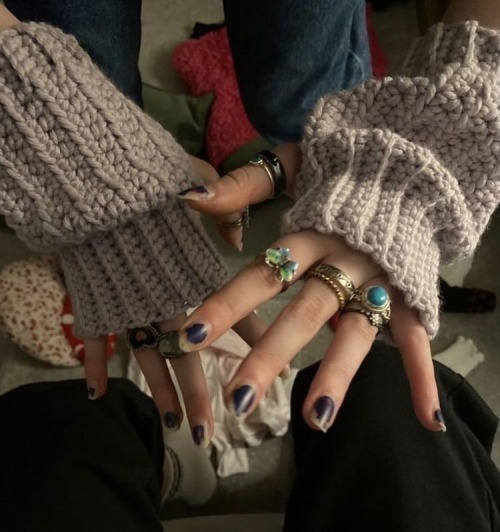

— JEALOUSY AND RINGS: KIM CHAEWON
warnings: swearing, the is chaewon and yn from my wow fic
chaewon stands rigged at the site in front of her.
never has she ever thought that she would see you in the hybe building.
it's like you just love to torment her, ever since that day at the dorm.
but that's not even the worst part.
chaewon would never call herself a jealous person, especially with someone that she has zero relationship with.
but...
why the hell are you talking to kim minji.
she hasn't even debuted yet, why are you talking to her?
how do you even know her ? aren't you like two years older than her ?
chaewon's eyes narrow, she watches as you lean against the wall, you eyes never leaving the girl in front of you.
why do you always look at people like that ?
after watching a shit ton of ive vids, chaewon took in how you always look at yujin like that and it makes the leader extremely flustered.
was chaewon stupid to think that you would only look at her like that ?
what a player
chaewon's fists clenched, as she watches your hand tuck hair behind minji's ear.
before chaewon can even think, her body is way ahead of her, walking towards you and the trainee.
"minji." she says firmly. "shouldn't you be training?"
minji looks at chaewon, and tenses at the firmness in her seniors voice “um yes, i should get back actually." she says backing away. "um, thank for stopping by yn unnie."
chaewon rolls her eyes when you grab the girl's wrist, “l told you to drop the honorific's .
blush rushed to minji's face. "yeah sorry yn." she says then speeds off.
chaewon looks at you and grows flustered immediately when she sees the light smirk on your face.
you run your hands through your hair, still leaning against the wall "and what might you need, miss kim chaewon."
she freezes for a second.
why does this always happen with you ? why do you make her so flustered.
"um." she chuckles awkwardly. "nothing actually, i was just checking in on minji."
you stare at her for a second, your eye's scanning the her body language.
you then grab the girls hand, pulling her towards you.
"you sure about that ?"
chaewon feels like she can't breathe
oh my god
she laughs nervously. "yea, you know rumour has it she's debuting soon so… just want her to get as much practice." she stutters. "you know as her senior."
"oh yeah of course." you say sorta mockingly, like you don't believe her whatsoever.
chaewon looks at your hand that's around hers, she looks at the three rings on your fingers.
you notice the girls gaze on your hands. "you like them ?" she say letting go of her hands.
"yeah, your hands look good." she stuttered. "- i mean the rings on your hands look good, not your hands- not that your hands looks good- i mean-"
your low laugh cuts the girl off.
wow
" i like the one with the star." she says trying to bring attention away from her embarrassing behaviour.
"yeah?"
"yes."
you then slip the ring off your finger, and bring chaewons hand towards you and you slip the ring onto her finger.
"see you around." you say and then you walk off towards the exit.








With love, Yoongi ♡
I love discussions about the cinematic forefathers of The Assassination of Gianni Versace.
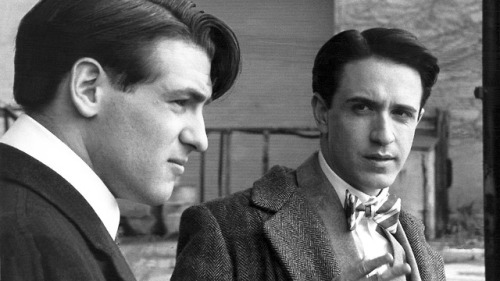
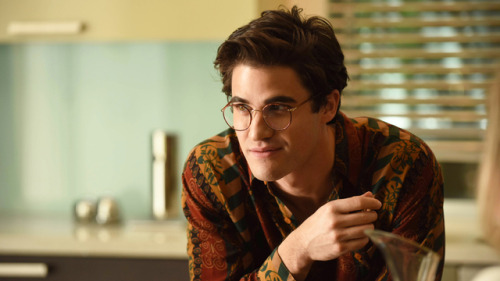
Murderers Who Fuck: Morality and Representation in Swoon and The Assassination of Gianni Versace
Alfred Hitchcock was one of the bad ones. He was a notorious bully who had little if any respect for his collaborators, especially the actresses. Hitchcock was, to say the least, heterosexual. His obsession with women often seen on screen was even more present in his personal and on-set life. The worst (known) example is the emotional and sexual abuse of Tippi Hedren that ultimately ended her career. This is all to say, Alfred Hitchcock is certainly one of the least likely figures in the history of queer cinema. Yet, for better or worse, he’s also one of the most important.
Hitchcock’s obsession with women was part of a larger interest in various psychosexual behavior. Starting with The Lodger, a silent film many consider his first masterpiece, Hitchcock cast out gay actors (or as out as one could be in the 20s) to play leads and villains within scripts that were themselves rather coded. Films like Rebecca, Rope, Strangers on a Train, and Psycho all feature major queer characters. And while I struggle to get over Psycho inadvertently beginning the toxic trend of trans women killers in film, I absolutely adore the devilish queerness of the others. That’s the big question though. The trend of queer people, especially trans women, being portrayed as killers is one of the most damaging cases of misrepresentation in media. So how can I so adore a misogynistic, heterosexual director who only featured queer people as murderers?
***
We can maybe find the answer in Tom Kalin’s 1992 New Queer Cinema classic, Swoon (co-written by Hilton Als). Like Hitchcock’s Rope, Swoon takes its inspiration from the famous Leopold and Loeb case. In 1924 two male lovers decided to kill a fourteen-year-old boy… just because they could. The lack of motive and salacious details of homosexuality turned this into one of the most famous cases of the 20th century, inspiring several books, Rope, and a third movie, 1959’s Compulsion. When Kalin’s film came out it inspired a large amount of backlash, and continues to do so when it gets screened. Why, when so few films have been made about gay people, did a third film need to be made about these gay killers? Isn’t it dangerous to continue to spread these stereotypes, especially in 1992 in the midst of the AIDS crisis?
Tom Kalin responded: “I believe in equal opportunity homicide. I also want to claim the right to kill with rage and murder for irrational reasons and obsessive passion in the same way heterosexuals have had the latitude to do so in the history of storytelling since storytelling has begun.”
One needs only to watch the sanitized plea that is the following year’s AIDS film Philadelphia to know what culture Kalin was pushing against. There’s a removal of sexuality from homosexuality and insistence of Sydney Poitier in Guess Who’s Coming to Dinner level perfection demanded for any progress. And Kalin was saying “fuck you” to that. He’s right. The entire genre of film noir is filled with cases of sympathetic straight people committing all sorts of horrific acts. Kalin, and Greg Araki with his film The Living End (also 1992), asked, why can’t there be a gay Double Indemnity? Why can’t there be a gay Bonnie and Clyde?
Of course, there were plenty of coded gay villains in early Hollywood. But Hitchcock was unique in how he portrayed them. Peter Lorre’s sniveling Cairo in The Maltese Falcon is obviously intended to be gay, but he exists almost solely as a foil to Bogart’s masculine Samuel Spade. He’s not just bad morally, he’s bad narratively. He holds no power, has no arc, is more of an amusement and a plot point than a person. Hitchcock’s villains had power and their queerness was present on screen. There is a clear love and clear sexuality in Rope and Rebecca. We see fully developed desires even when, like Mrs. Danvers, they’re a supporting character. They’re not jokes. They’re complicated, damaged, sometimes evil, often tragic, human beings. Cairo is gay because he’s effeminate and weak. The leads of Rope are gay because they’re fucking each other.
Swoon takes this approach into a post-code world. The film has more sex and more love than it does murder. We see Leopold’s romantic obsession with Loeb and understand his motive the same way we understand the allure of Barbara Stanwyck or Faye Dunaway. Kalin also emphasizes the way people were as appalled by their homosexuality as they were their murder. This is highlighted in a particularly telling scene where all of the women in the courtroom are asked to leave when homosexuality is being discussed after being allowed to stay for the gruesome details of the real crime. Suddenly the film suggests something rather startling. If Leopold and Loeb were raised to believe their homosexuality, an integral part of themselves, was an unforgivable sin, then how were they supposed to know any better with other moral questions? Maybe murder, like fucking, would feel good and right once it happened. Kalin doesn’t go as far as declaring this, but he does ask the question. And while it’s fascinating and liberating it’s also incredibly dangerous. Not because Swoon was going to inspire a bunch of queer people to go become killers, but because it might give homophobic audience members exactly the excuse they were looking for.
Swoon made $340,000 at the box office. Philadelphia made $77 million. While the cultural impact of Hitchcock’s filmography is unclear, I think it’s fair to say Swoon played mostly to gay and gay-friendly audiences who safely grappled with the questions posed. But how could a similar work play to a contemporary mainstream audience? Is it possible to raise these issues on a larger scale without scaring off the straights? How could that be done? It took until this year to find out.
***
My main goal in writing 750 words on an early 90s art film was to convince you all to watch American Crime Story: The Assassination of Gianni Versace. Bare with me. I’m a much better film nerd than I am social media influencer. But I’m here to say Ryan Murphy’s follow up to the blockbuster People vs. OJ, is a masterpiece of queer storytelling and television in general.
I knew almost nothing about Versace or his killer Andrew Cunanan prior to watching the show. But its initially messy, eventually brilliant, structure takes care of this. The show begins with Versace’s death and essentially works backwards, so the entire audience knows just about everything that’s going to happen before we see what came before. This immediately desensationalizes the story, removing the element of surprise and replacing it with character development and a suspenseful dread. Hitchcock’s famously scoffed at surprise in favor of suspense (google his bomb under the table example if you didn’t go to film school).
While the format is certainly bold, the show’s greatest narrative trick is how little it’s actually about the titular fashion designer. The first episode promises an OJ-style star-studded look at Versace (Ricky Martin as his lover! Penelope Cruz as his sister!), but then he just about disappears. The show becomes almost exclusively about Cunanan and the other victims. And oh what a character Cunanan turns out to be. They may both be based on real people, but it’s impossible not to see Rope and Swoon’s takes on Richard Loeb in Darren Criss’s wonderful portrayal of Cunanan. They share a sociopathic arrogance that’s as captivating as it is terrifying. With the nine-hour time frame we’re able to see Andrew both as the classic charming serial killer and a pathetic, rejected man who desperately wants love, acceptance, and validation. The show is also incredibly responsible in its portrayal of his violence, not dwelling on the gore, but still creating some of the most disturbing scenes I’ve ever seen on television. We may grow to understand Cunanan, we may sympathize with him, but the show will not let us forget what he did.
Andrew was gay. And his homosexuality plays a key role in his modus operandi. It factors into his unquenchable desire for acceptance and it determined who his victims were. A self-hating romantic rival, a disinterested ex-lover, a closeted married man, a celebrity whose success allowed him to be himself. The character of Andrew Cunanan is pretty much a perfect queer villain. Not only does he have the dangerously seductive Hitchcock intrigue, but his life and crimes are intrinsically connected to his sexuality. It’s fascinating to watch, but we’re no longer talking about a black and white, avant-garde indie film. This is the follow-up to an FX series that won nine Emmy awards. Even if it didn’t build the same buzz (which it unfortunately has not) many eyes would be on this show, many belonging to straight people. A character like Andrew Cunanan suddenly becomes rather dangerous representation, especially when shown in this full and human of a way.
And this is where the show really succeeds. Because Andrew is not the only gay character the show cares about. Nor is it only Andrew and Versace, whose celebrity would automatically create a remove from the audience. No. Because three out of four of Cunanan’s other victims were themselves gay, and the show makes sure to devote entire episodes to Jeffrey Trail, David Madson, and Lee Miglin. It also spends time with Cunanan’s one-time sugar daddy Norman Blachford, Cunanan’s drug-addicted acquaintance Ronnie Holston, and Versace’s longtime lover Antonio D’Amico. Through these characters the show is able to deeply explore such varied queer issues as being a gay marine during Don’t Ask Don’t Tell, expectations of masculinity, closeted marriages, self-hatred, coming out to family, coming out at work, poverty, sex work, and lack of security when you are unable to legally marry your partner. Yes, Cunanan is allowed to be the full, terrifying villain he was, but the show’s humanizing of various queer archetypes and individuals doesn’t stop there. It solves the problem of potentially negative representation by balancing it with plenty of positive representation, and, more importantly, plenty of neutral representation.
***
During Versace’s finale, Ronnie Holston is being interrogated about Andrew’s whereabouts when he says the following: “You know the truth is. You were disgusted by him long before he became disgusting. You’re so used to us lurking in the shadows. And, you know, most of us, we oblige. People like me, we drift away, we get sick, nobody cares. But Andrew was vain. He wanted you to know about his pain. He wanted you to hear. He wanted you to know about being born a lie. Andrew is not hiding. He’s trying to be seen.”
Homophobia in no way justifies Andrew’s crimes. But it partially explains them. And in all of these examples from Hitchcock to Swoon to this show, it’s incredibly liberating to see characters who completely disregard respectability politics in the most extreme of ways. Not because any of these people should be admired, but because we deserve to see the full scope of our humanity on screen like straight white people get to all the time. Evil and cruelty are a part of that humanity whether we like it or not. I’m not saying let’s print Andrew Cunanan’s face on a t-shirt like a misguided teenage boy with A Clockwork Orange. But Andrew Cunanan was a real person, Leopold and Loeb were real people. They are a part of queer history.
We deserve to see our entire history on-screen.

My piece for @infestizine - Monstrance Clock was a challenge but I'm so happy with how this turned out! It was so amazing to work with so many talented creatives from the Ghost fandom 🖤🖤

Damien Bloodmarch from Dream Daddy. Some fanart for a dear friend of mine <3
If I ever date someone and they remind me to take my medications or they check that I have, I will simply marry them. For someone to care about me so much that they are willing to remember what times I have to take my pills is just so unbelievably sweet. Maybe I have low standards but this would make me swoon.
(don't worry, my standards are slightly higher than this XD)










